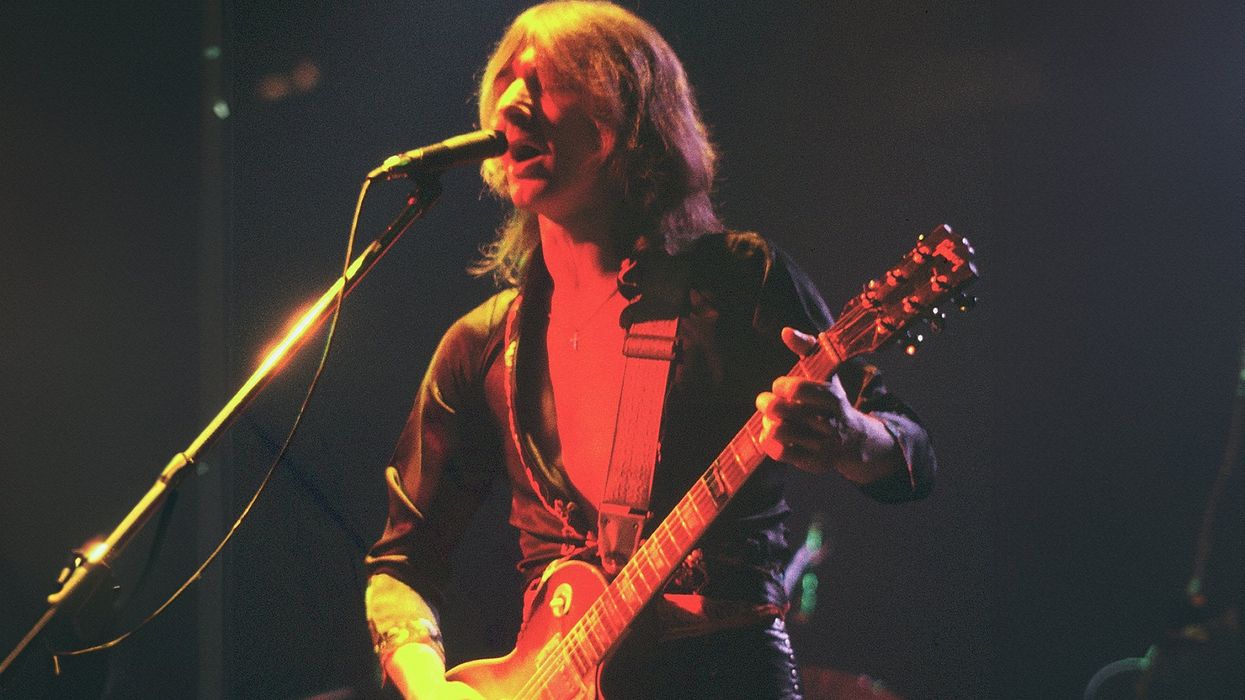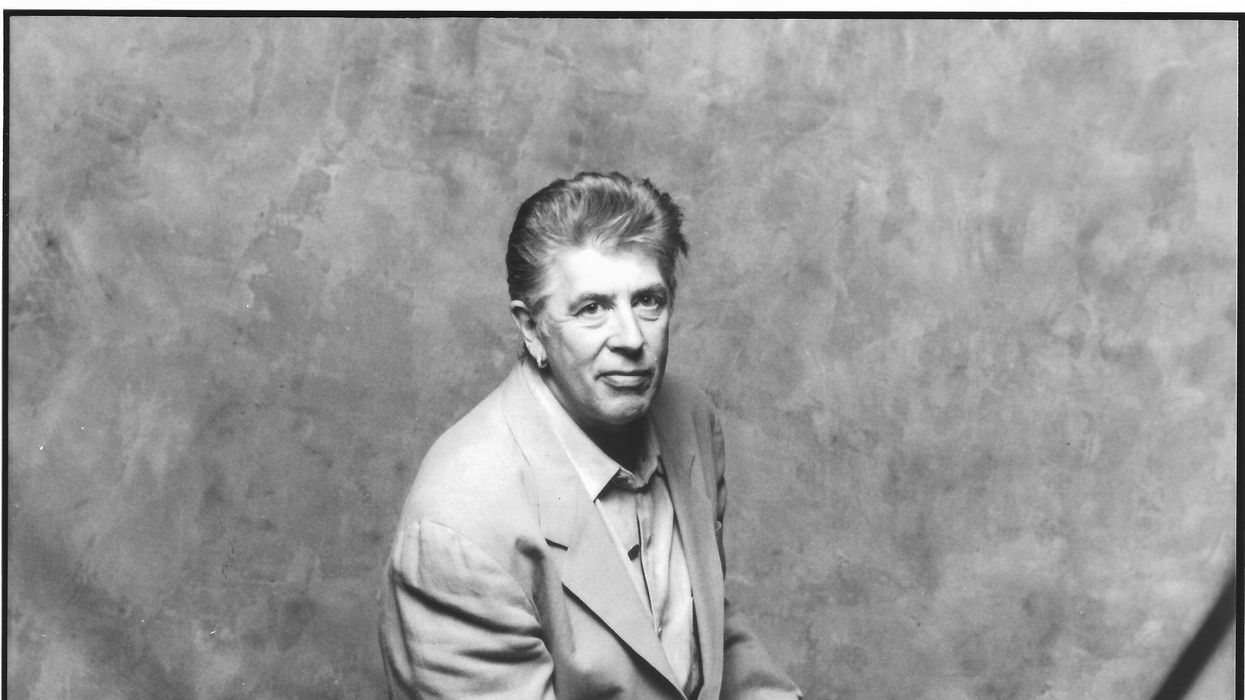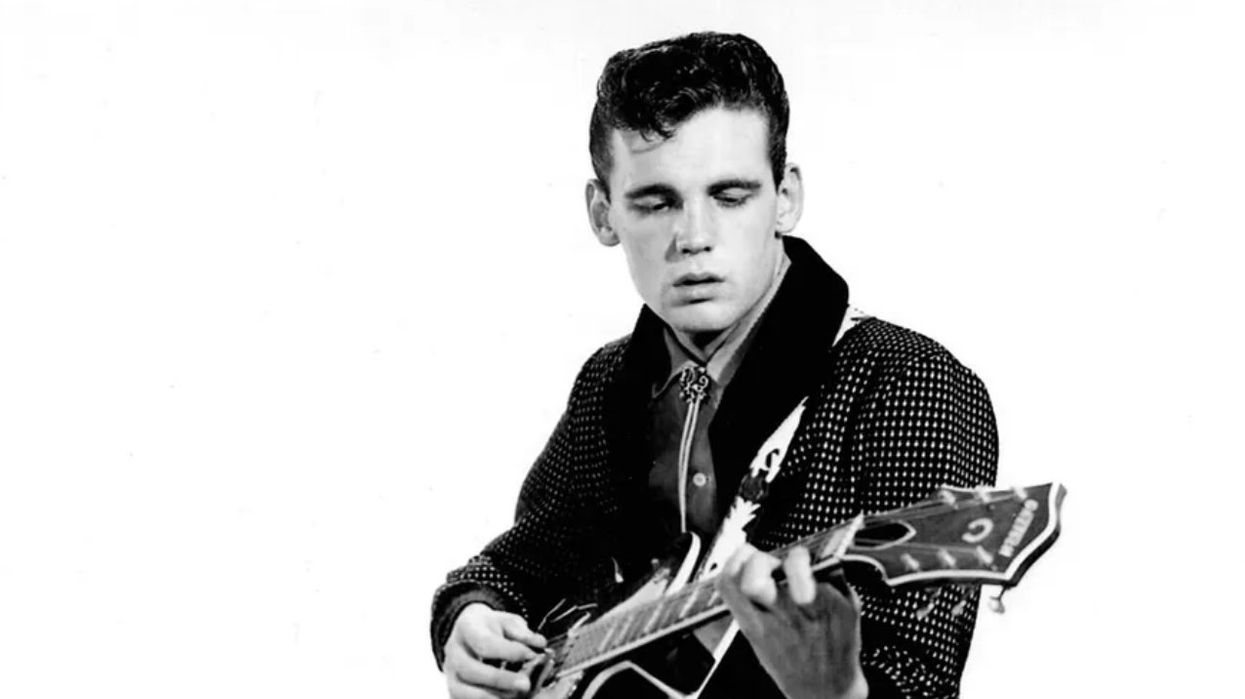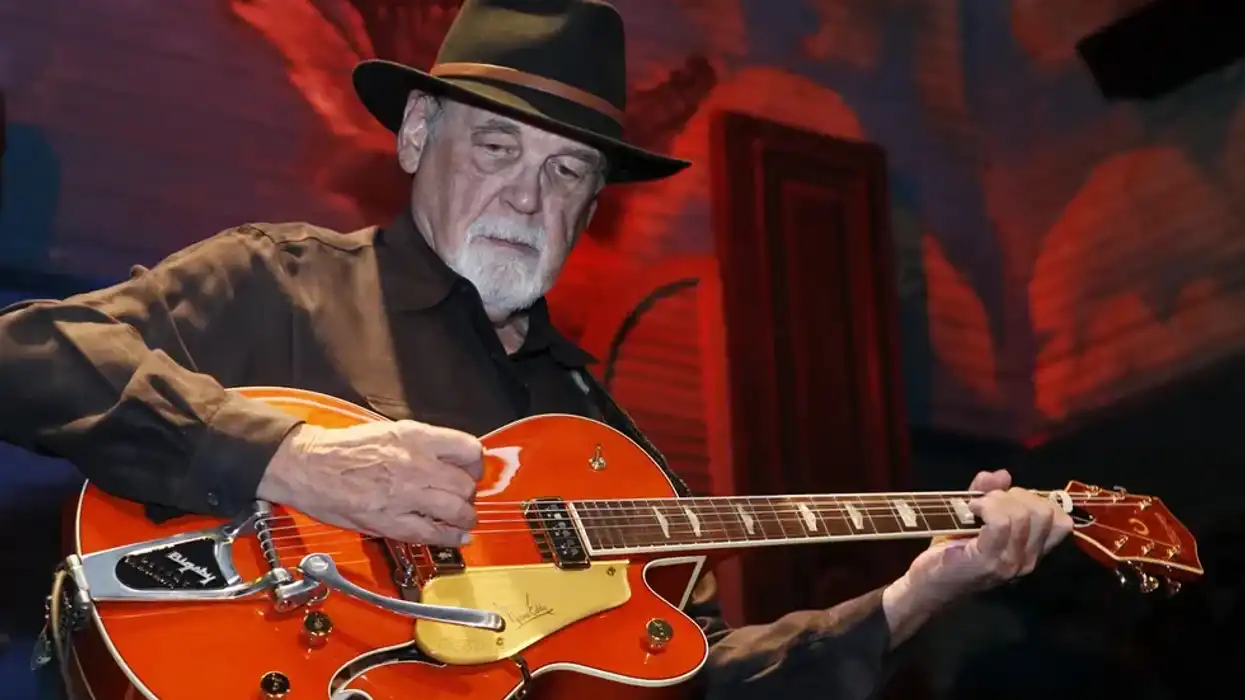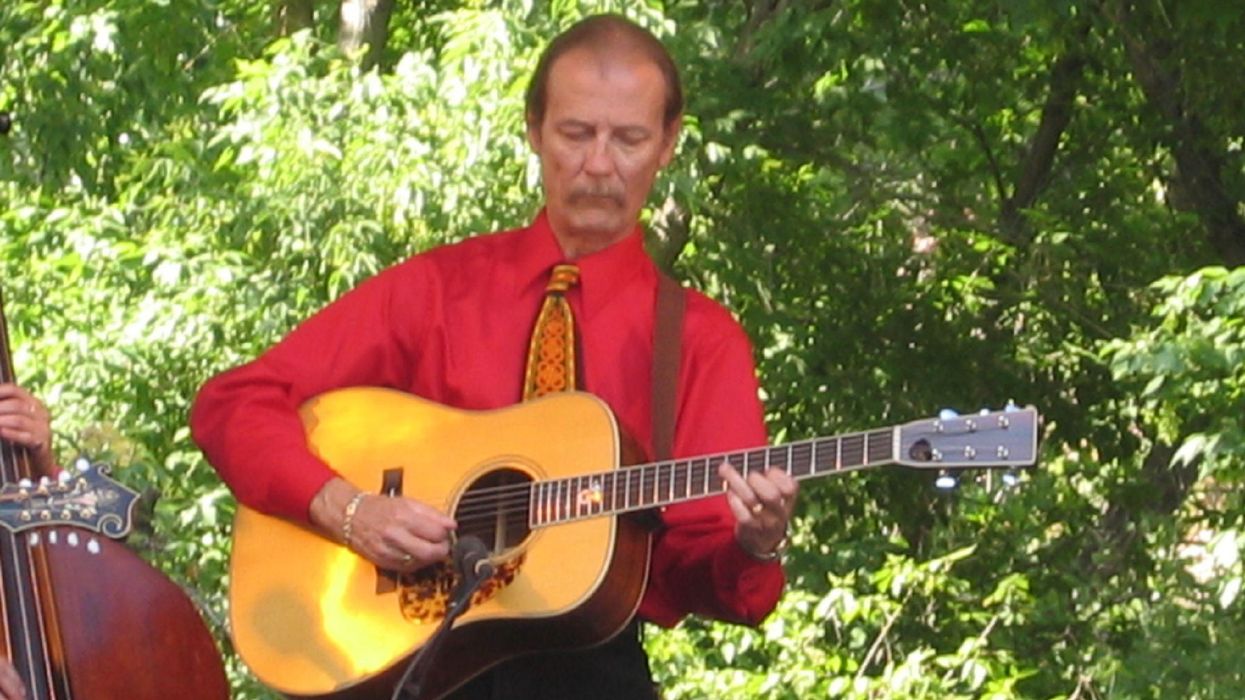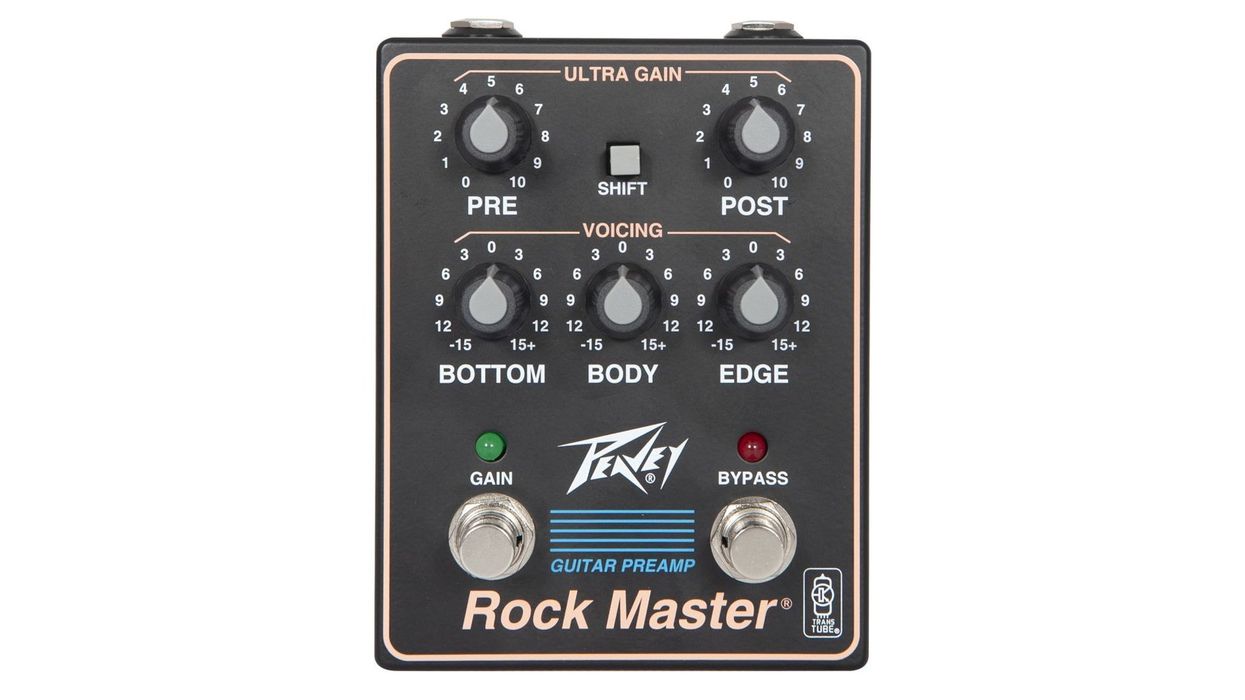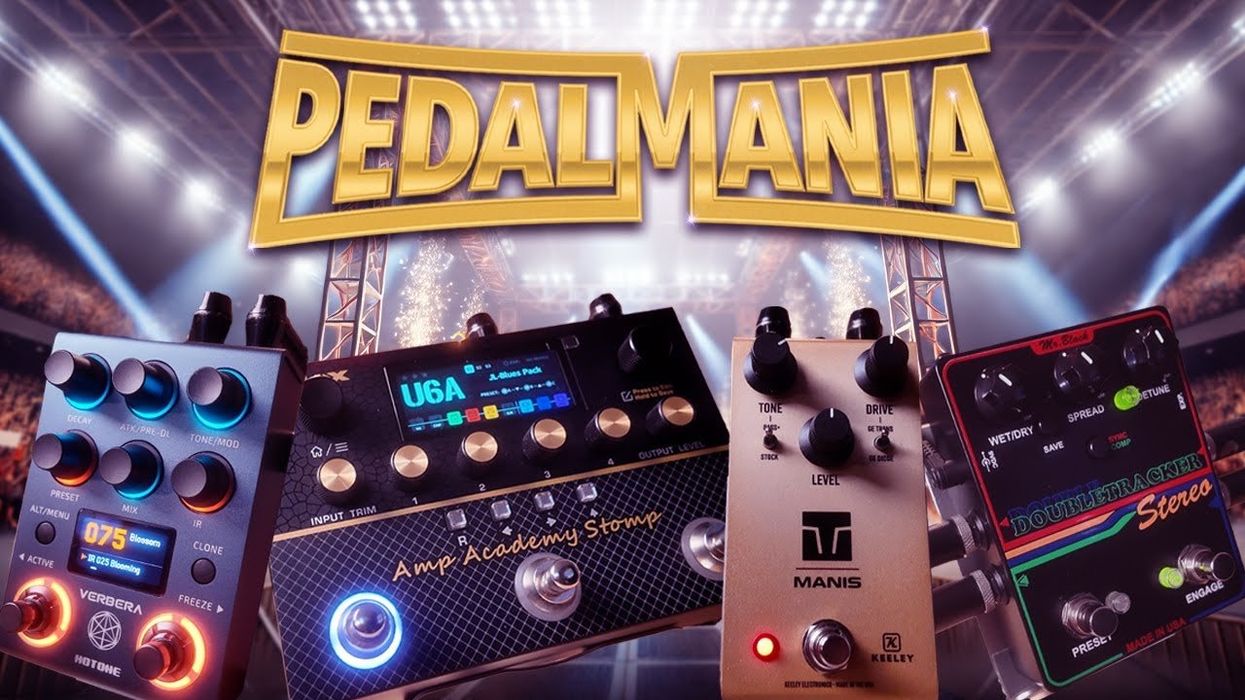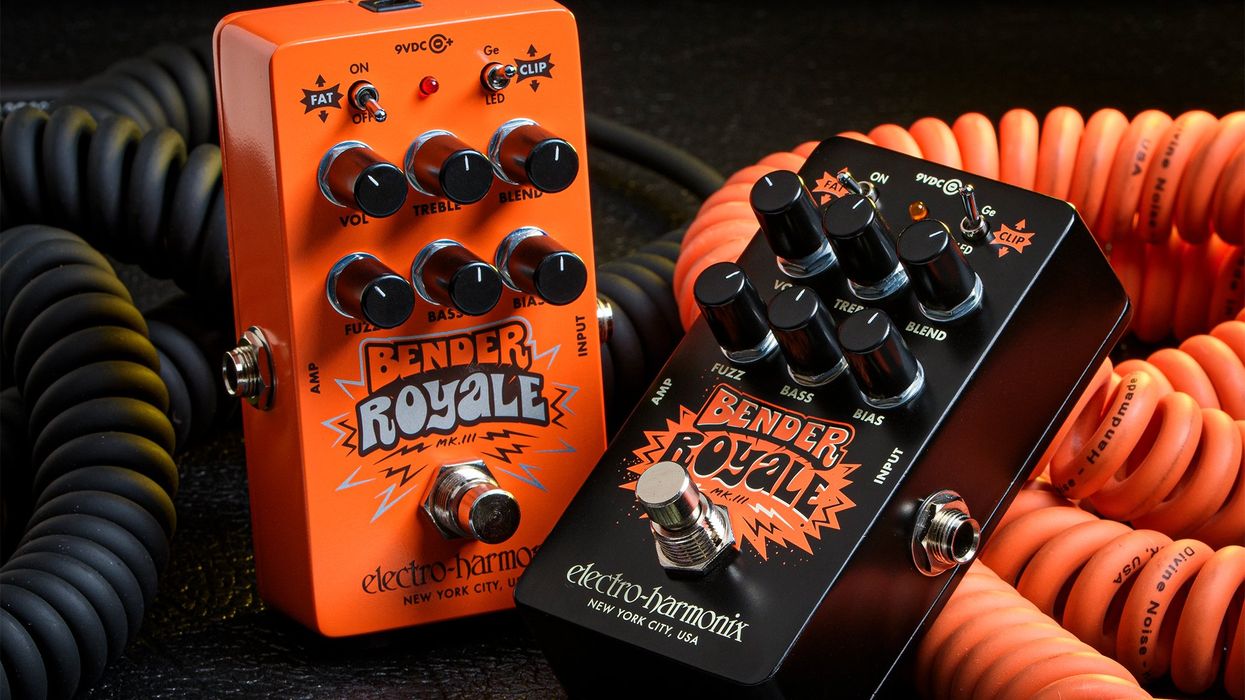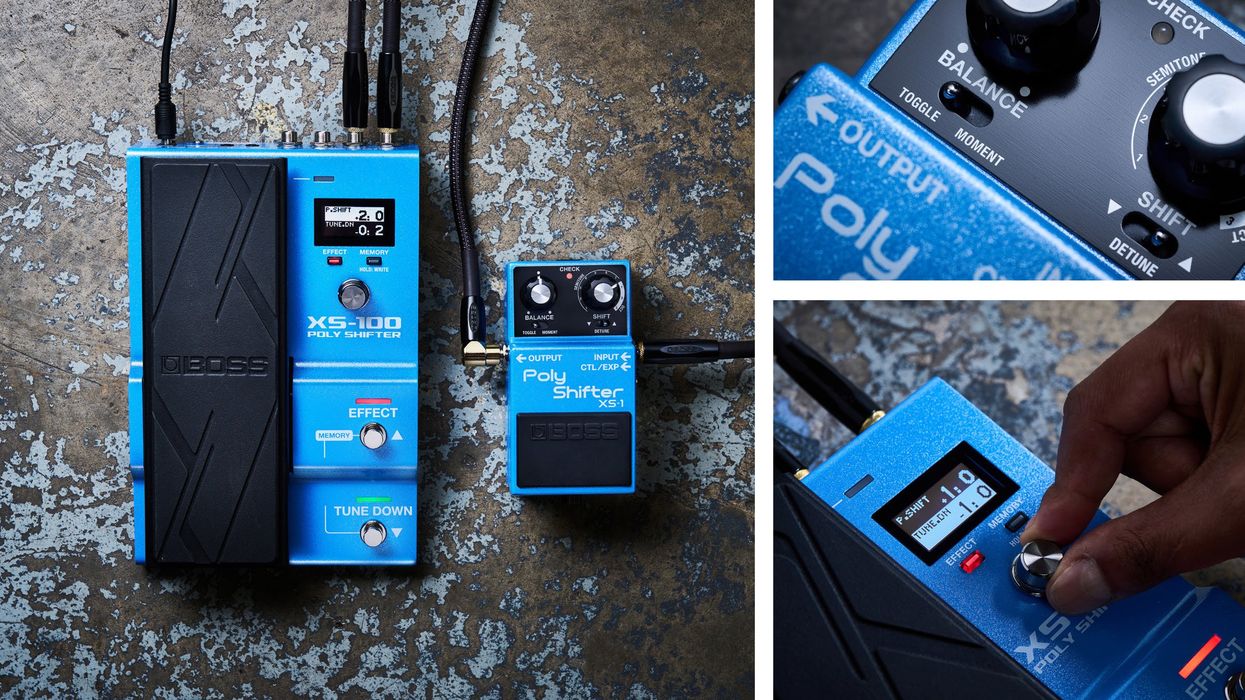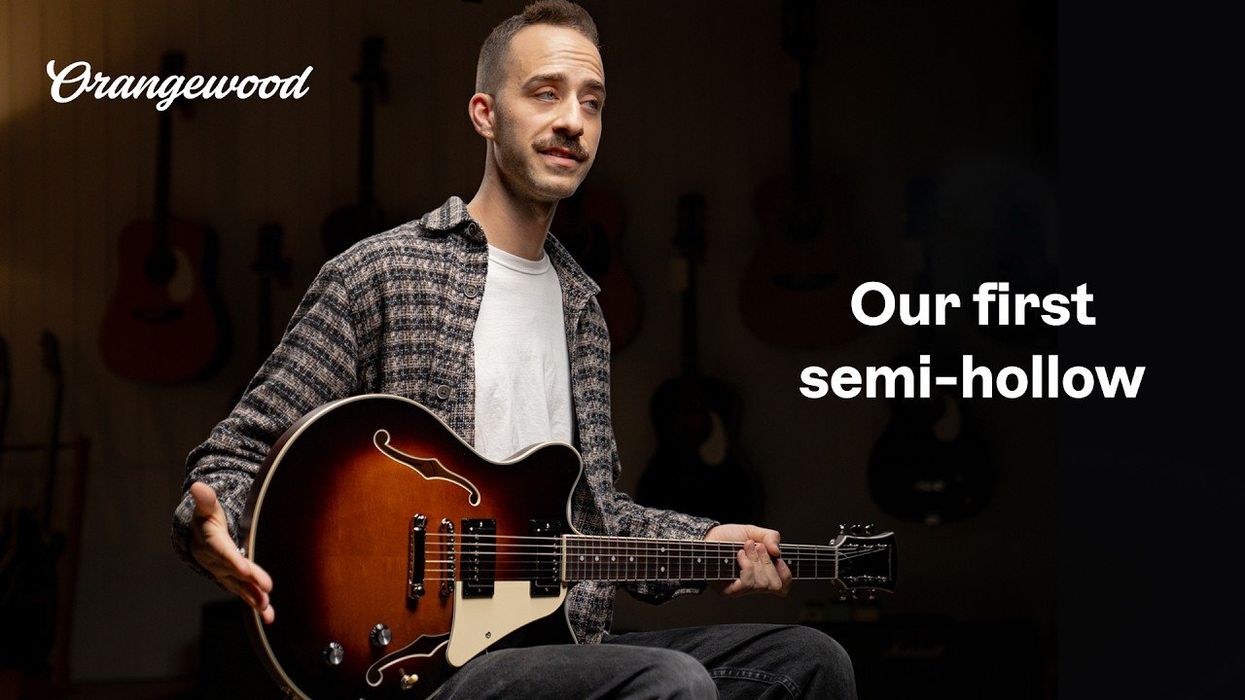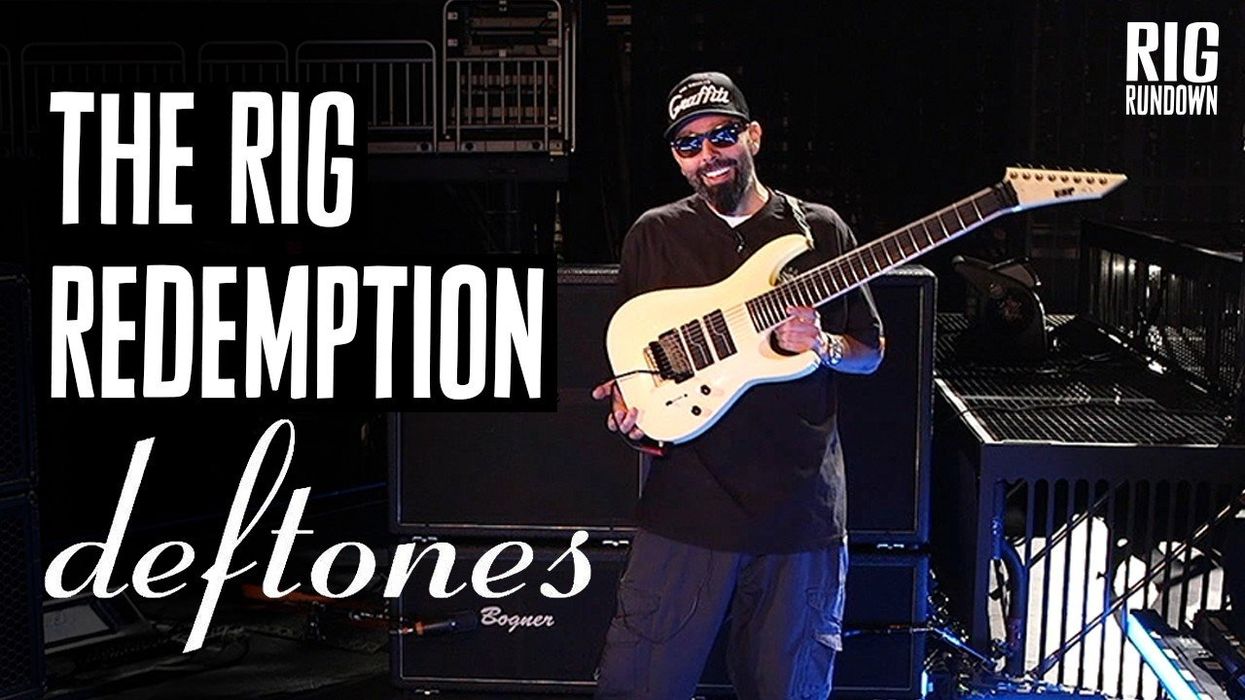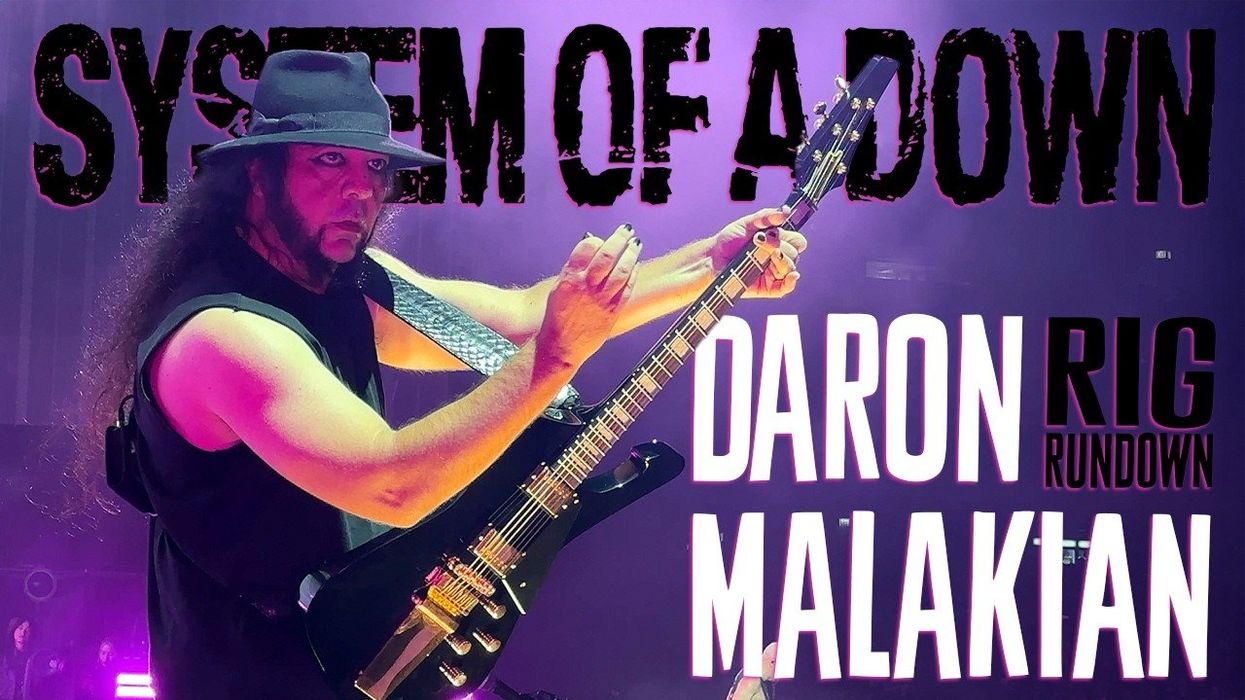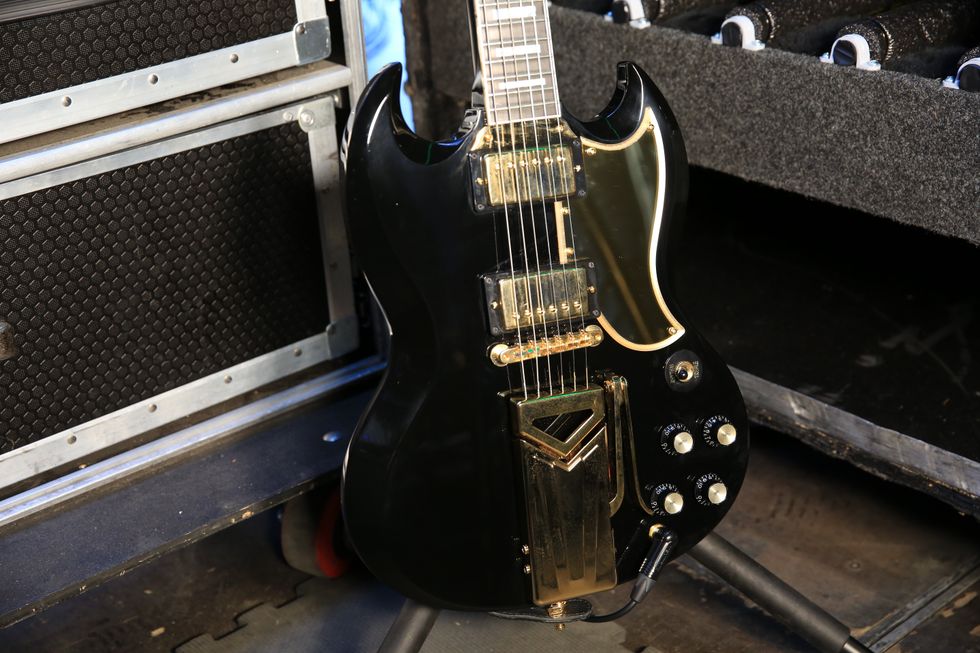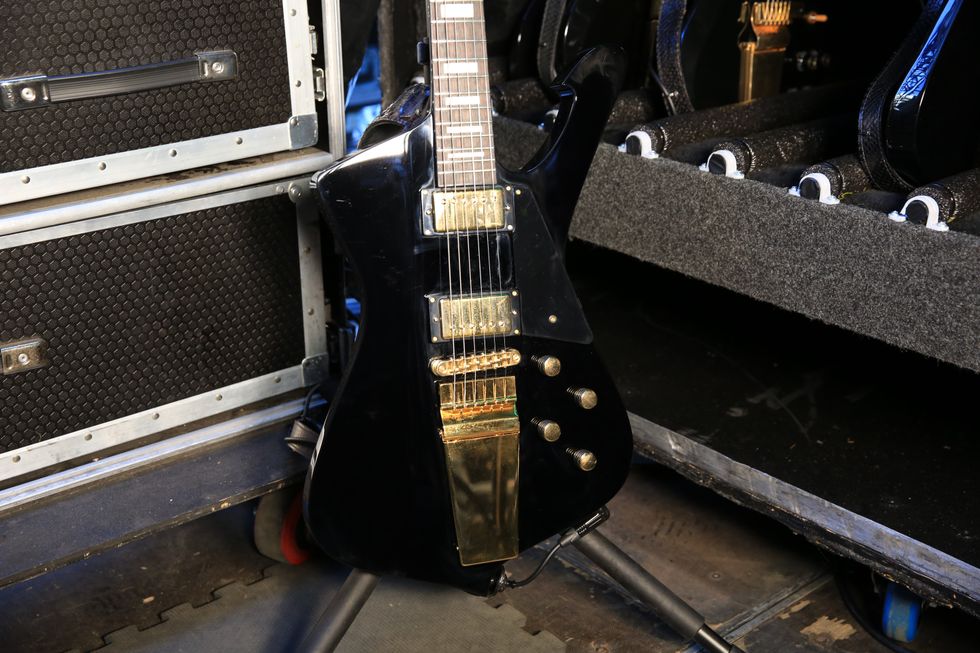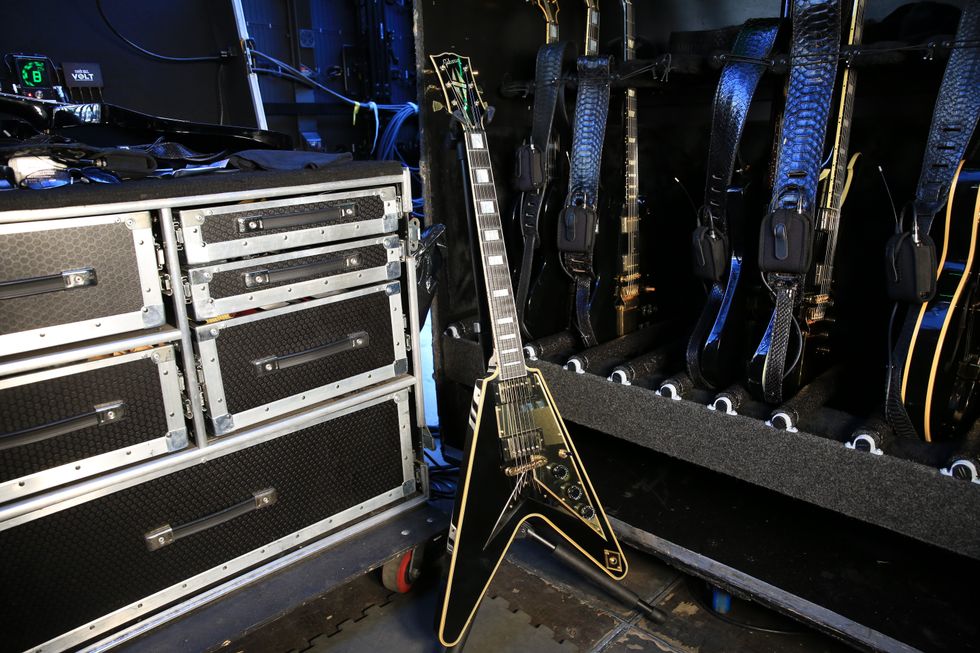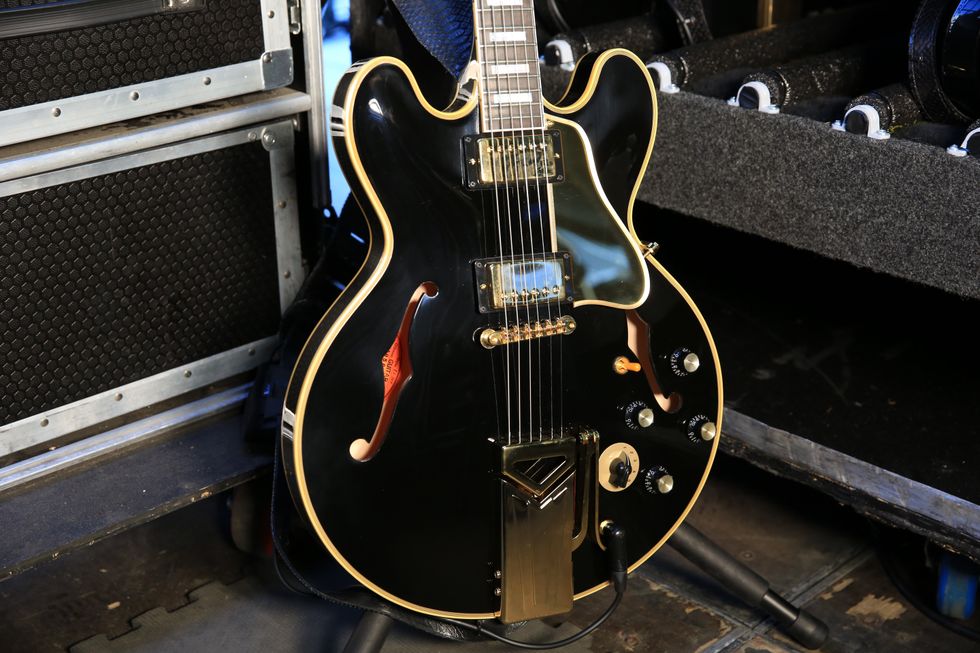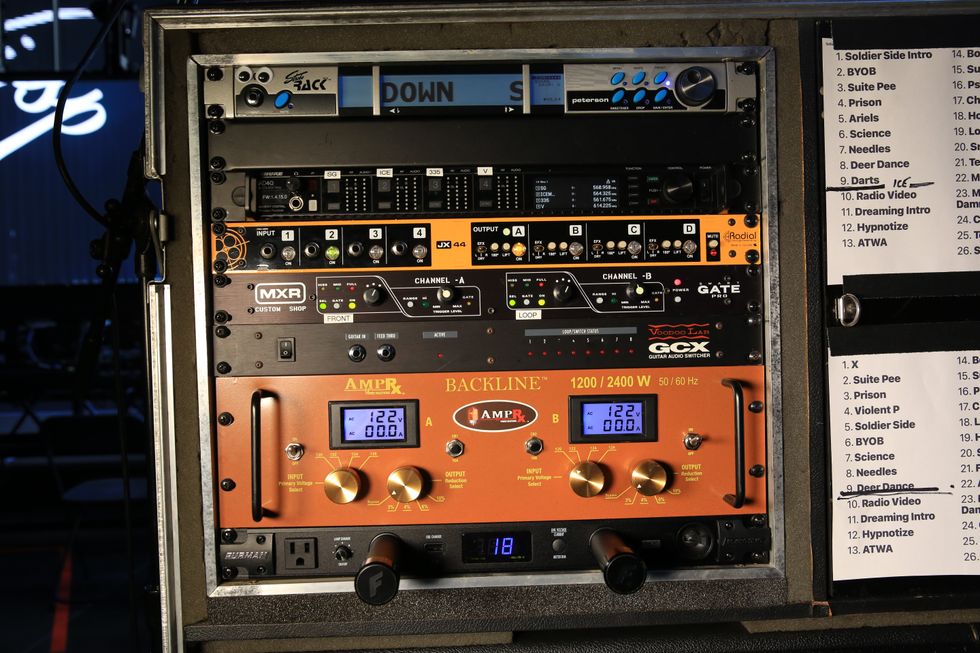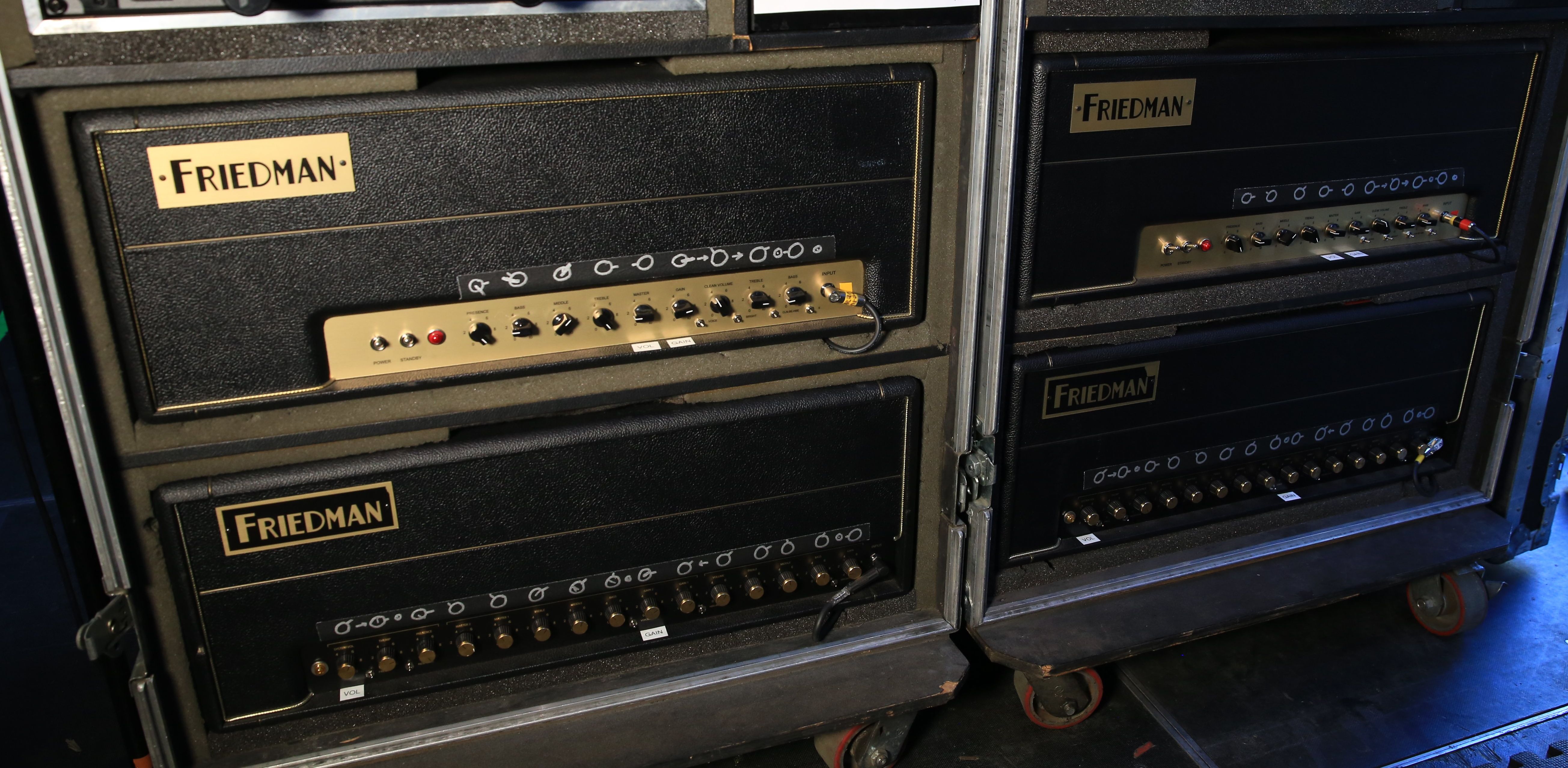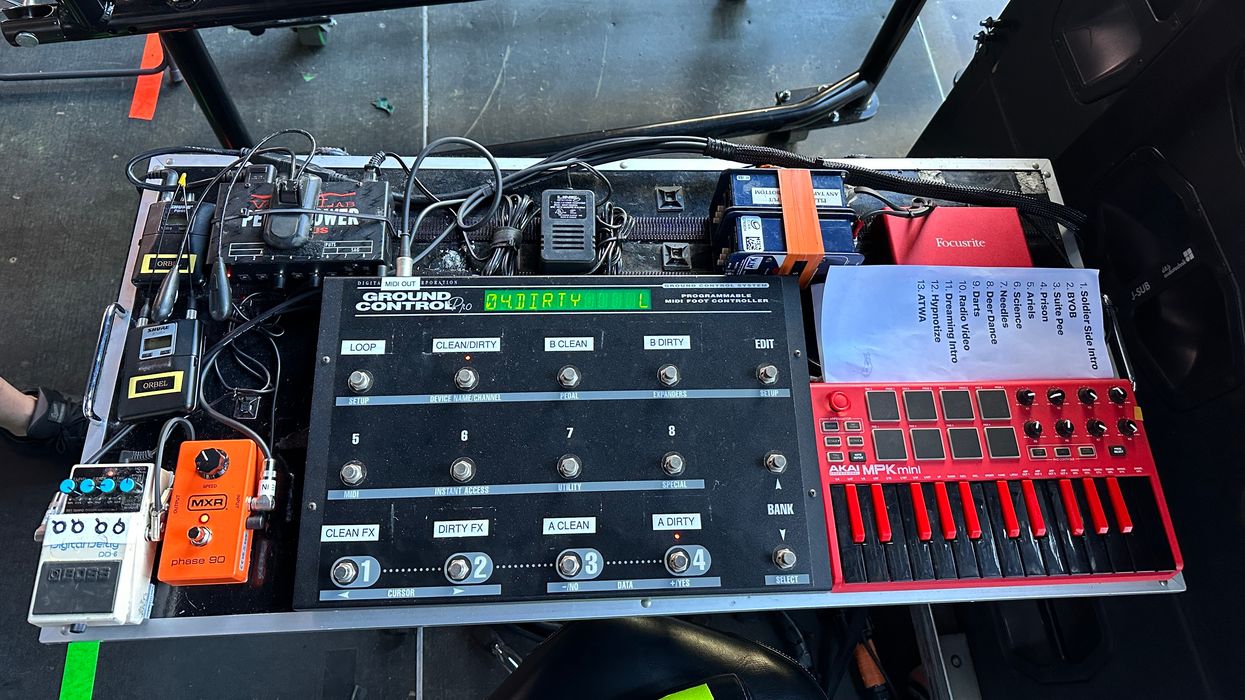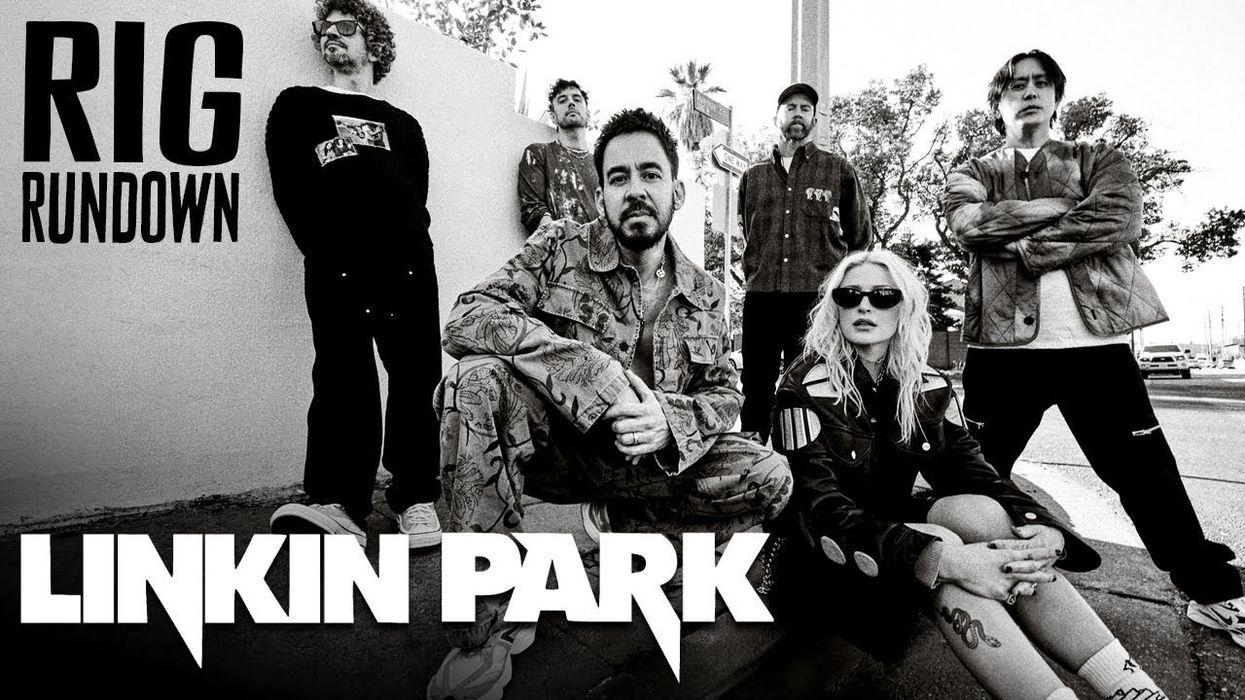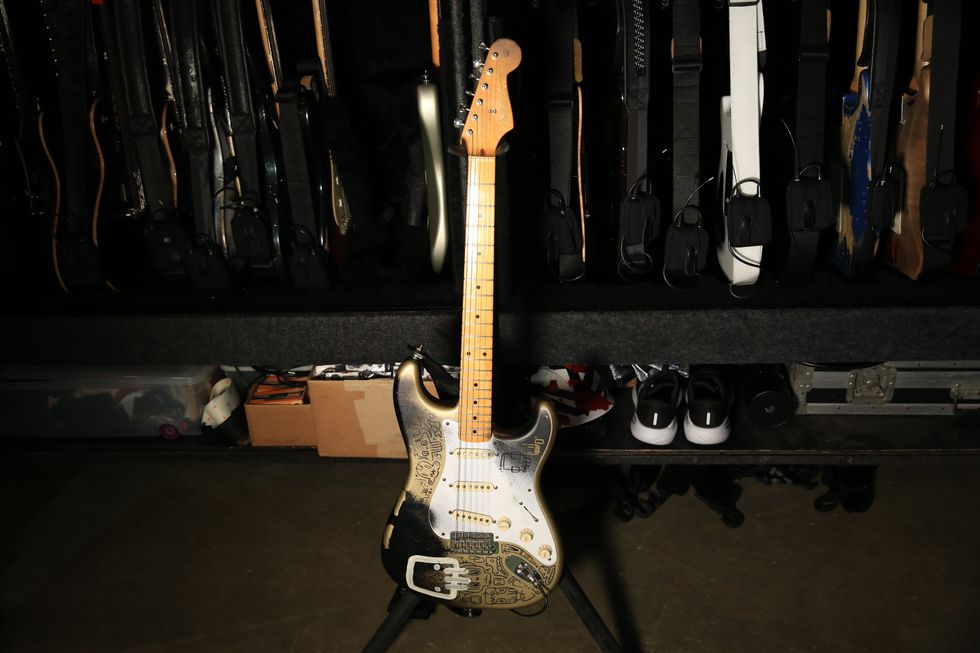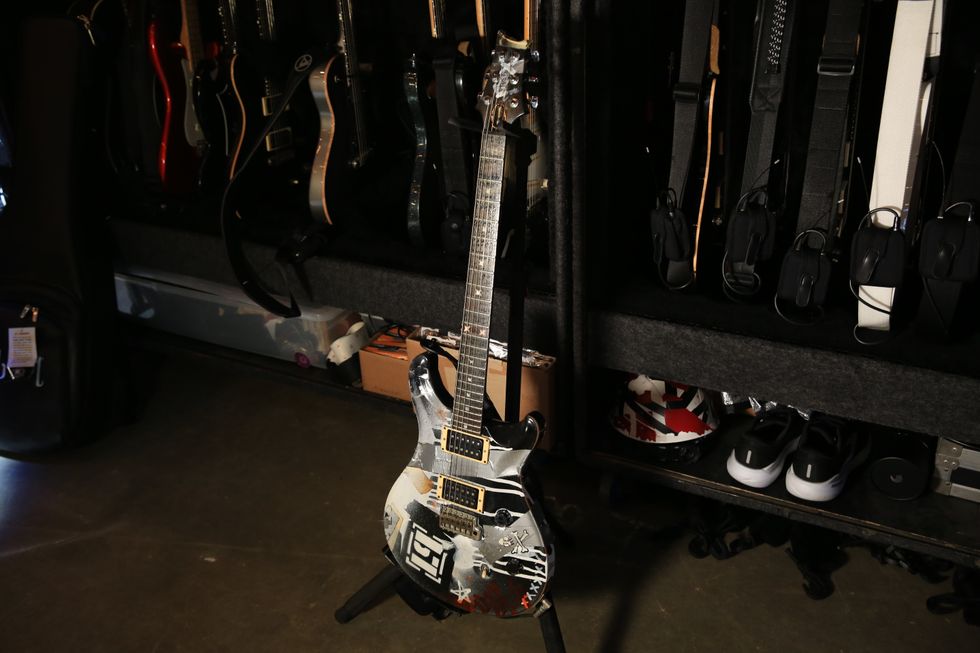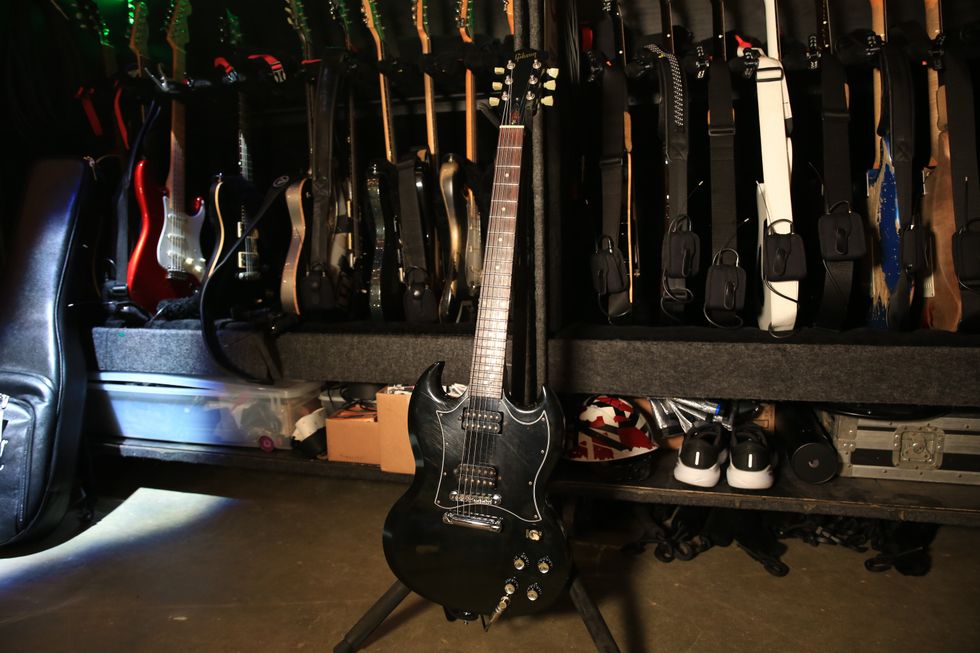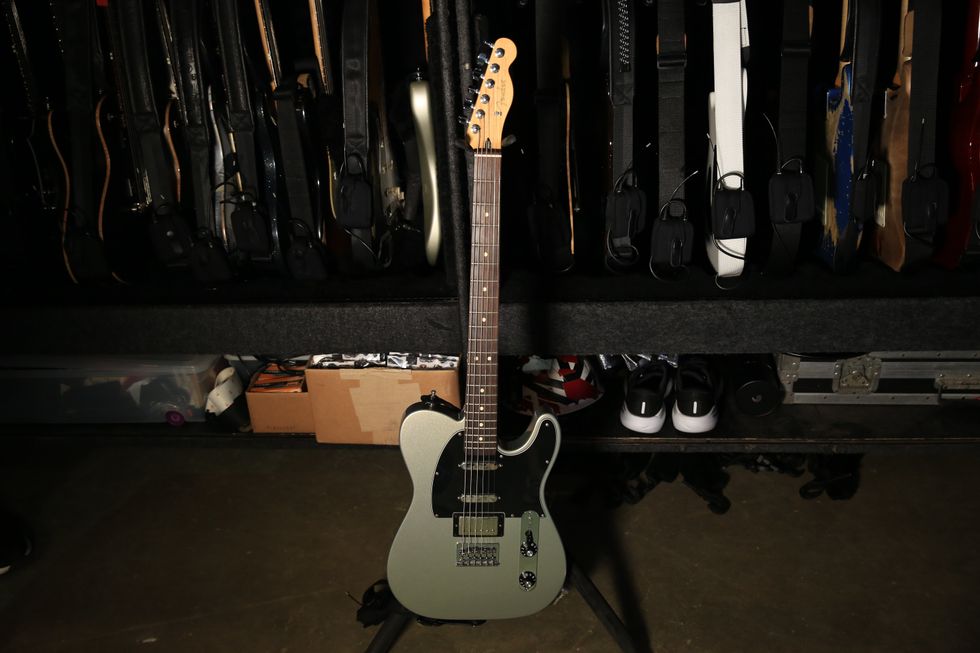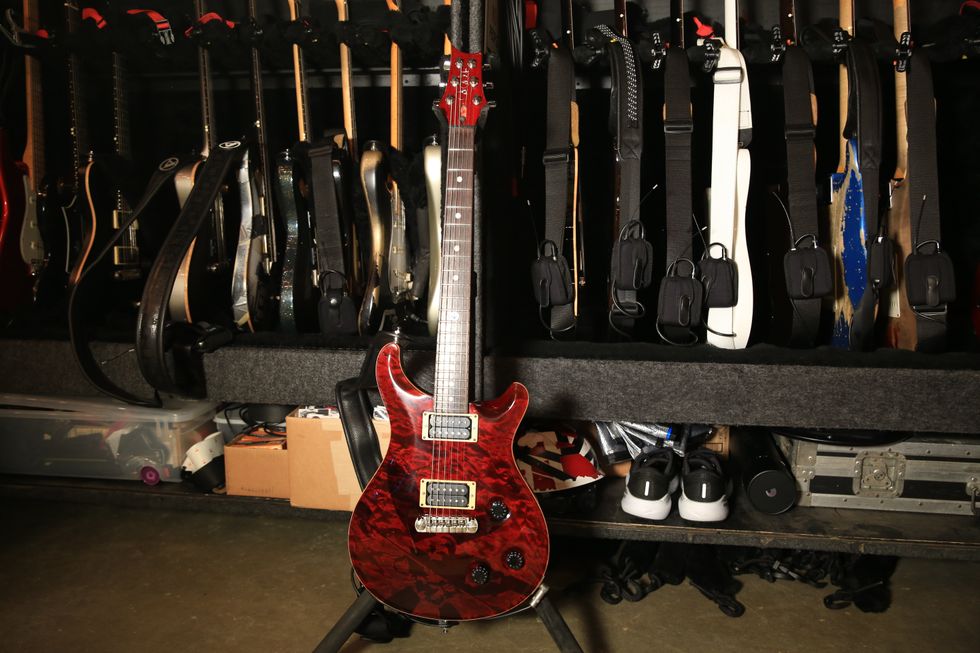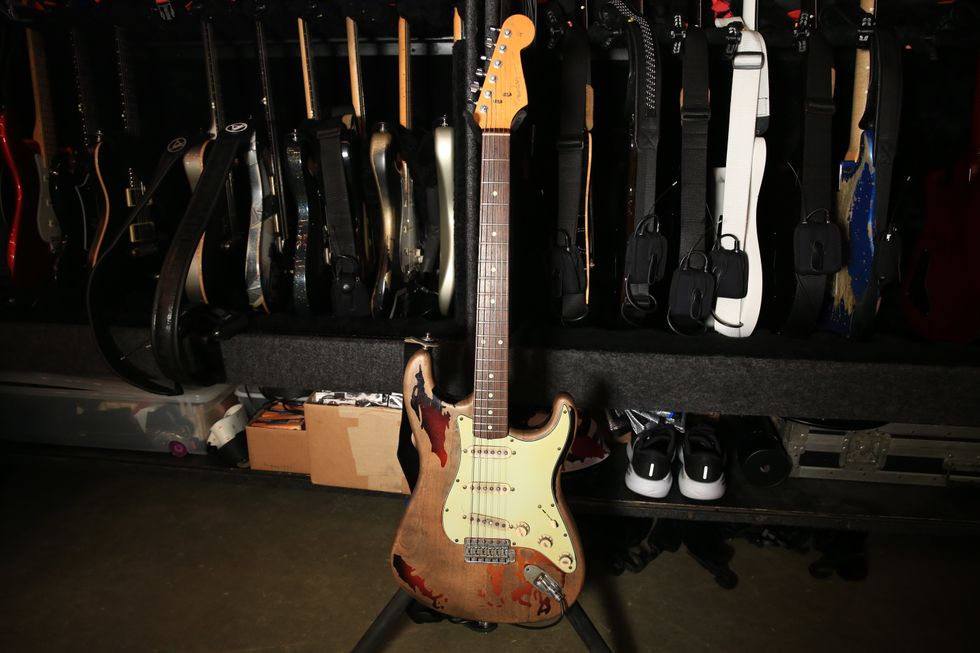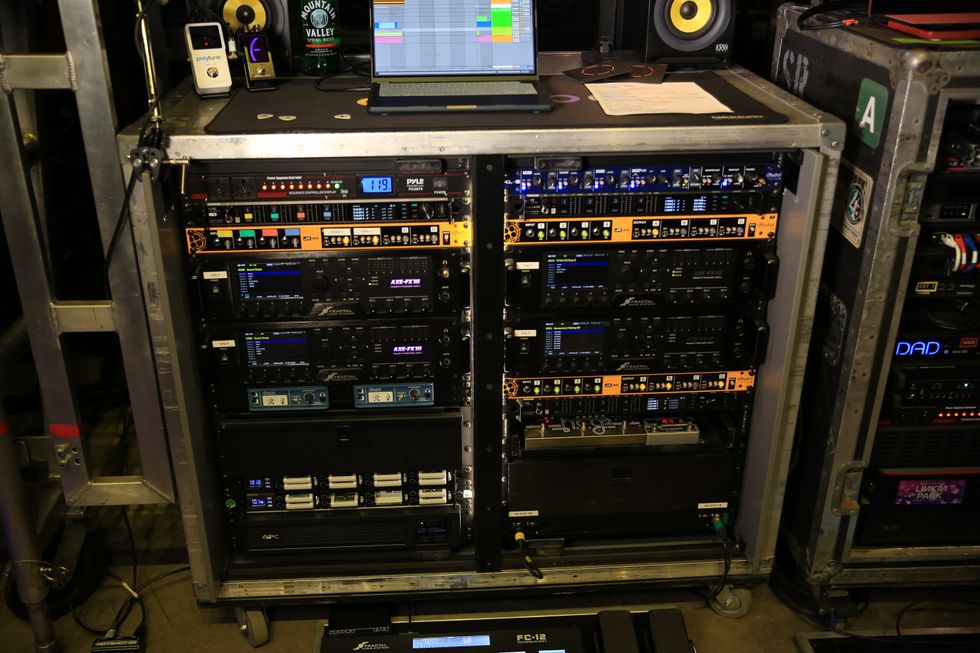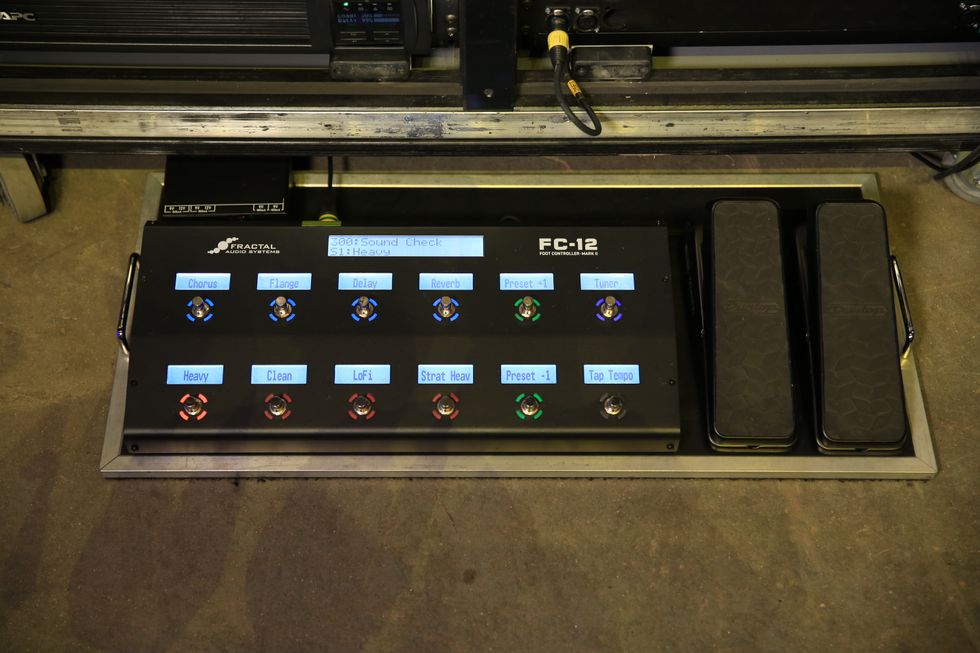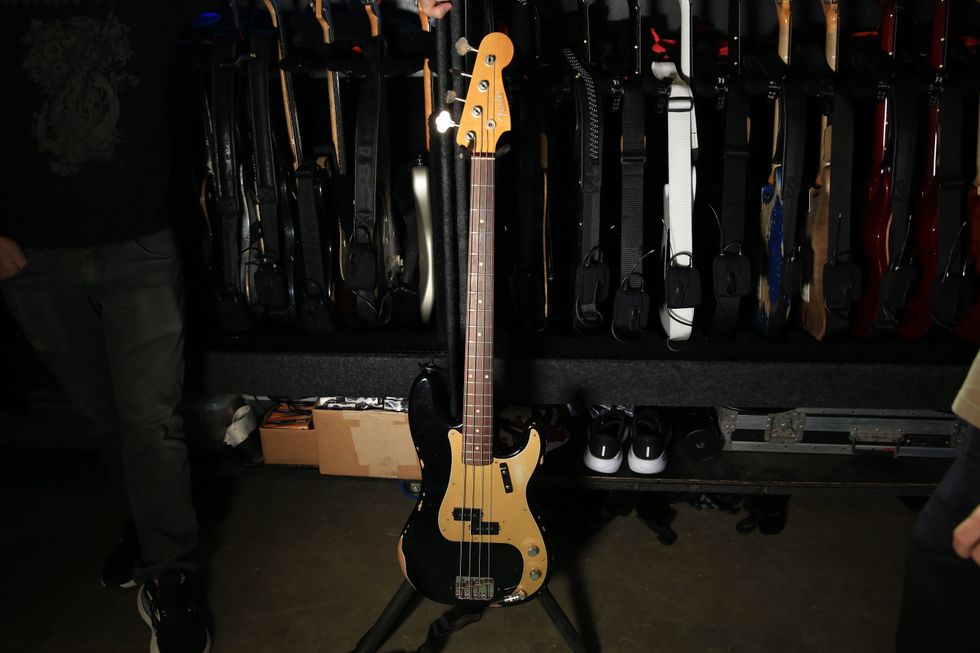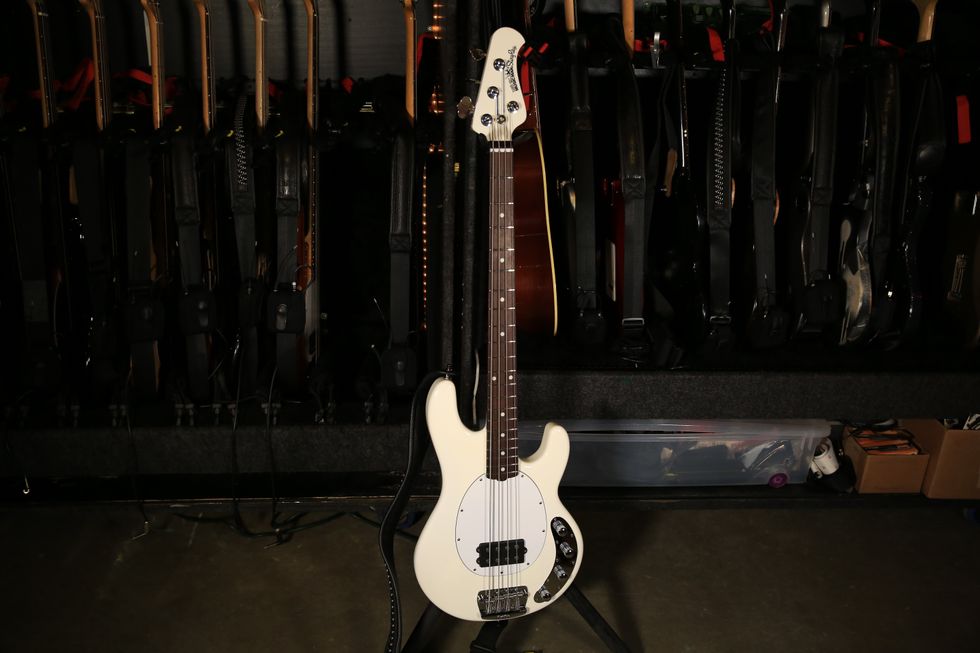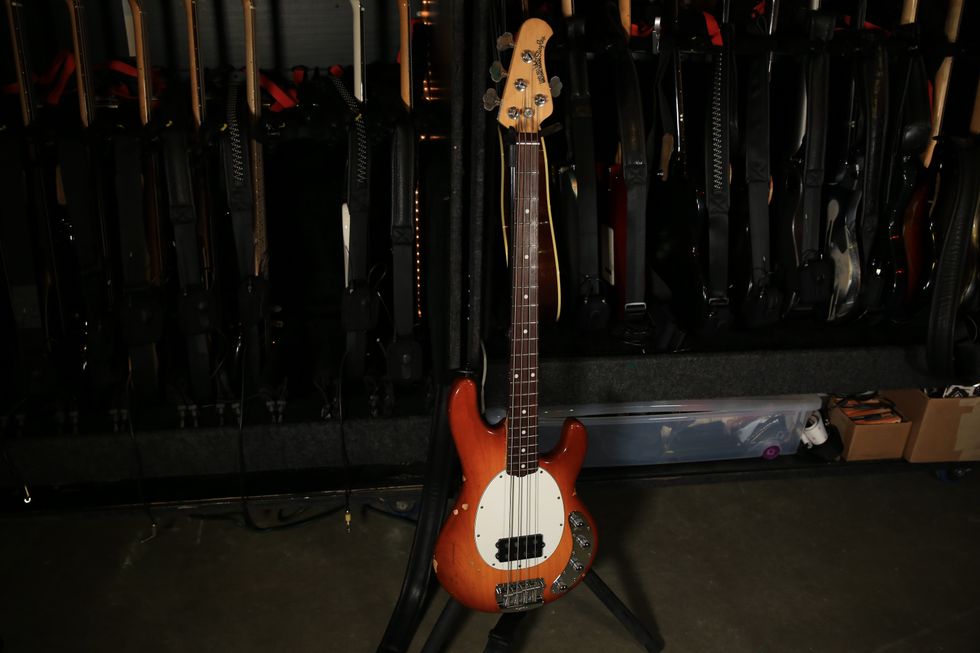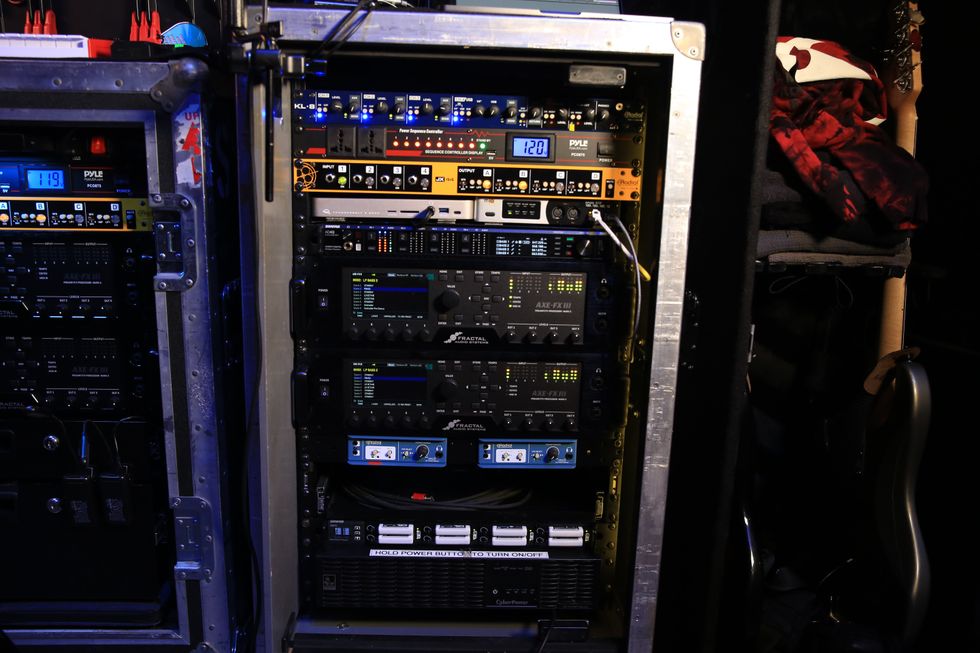For Charlie Musselwhite, the blues isn’t just a style of music. It’s a sacrament. And Musselwhite is one of its high priests. With a palmful of bent notes on the harmonica—the instrument on which he’s been an acknowledged master for more than a half-century—or the fat snap of a guitar string, he has the power to summon not only the blues’ great spirits, but the places they rose from. If you listen closely, you can envision the Mississippi Delta’s plantation lands, where the summer sun forms a shimmering belt on the low horizon and even a slight breeze can paint your face red with clay dust. It’s a place both old and eternal—full of mystery and history and magic. And the music from that place, as Musselwhite sings in his new song “Blues Gave Me a Ride,” “tells the truth in a world full of lies.”
“Blues is the only thing I’ve ever wanted to play,” says Musselwhite, who is 78. “It’s more than just another kind of music. Whatever life throws at you, blues is there for you. It’s your buddy when you’re up and your comforter when you’re down, and it’s got this depth and substance that a lot of other music just doesn’t have. So, in that way, it has a sort of spiritual quality, and it really can be your partner in life. It gives you a way to go.”
Although Musselwhite’s parents moved him to Memphis from his native Kosciusko, Mississippi, when he was 3, the blues has, indeed, seemed to be his guiding hand ever since. Most recently, it’s led him to record Mississippi Son, the first of his more than 40 albums that is built around his guitar playing—spare as a skeleton’s rib cage, but as beautiful as a fresh magnolia blossom with hints of dust on its petals.
Charlie Musselwhite - Mississippi Son (Full Album) 2022
Slowly, over the past few decades, Musselwhite has been incorporating guitar into his live performances—sometimes in duets with his longtime compadre Elvin Bishop, who he met in Chicago in the early ’60s, just before integrated blues bands like those they would join and form began making mainstream albums. “Charlie’s guitar playing is way good,” says Bishop. “I really love the way he nails the old deep blues, the country blues. He only plays what’s necessary, and every note has nuance. His tone is dark and deep. He can play slide like Robert Nighthawk, and what Charlie does on the guitar has a good emotional effect on his music. It’s perfect for his singing and harp playing.”
Musselwhite’s life with the guitar and harmonica began when he was around 13. With an acoustic Supertone in hand, he discovered the E7 chord and the old-school Delta sound and began to learn songs like Mississippi Son’s “Pea Vine Blues.” With lyrics that illuminate how the lonesome sound of a distant train whistle can torture the brokenhearted, the song is prime country blues, first recorded by Charley Patton in 1929.
“At some point I remember coming to the realization that every culture probably has its music of lament.”
Luckily, Musselwhite had more than old shellac 78s to learn from. During his teenage and young adult years in Memphis, legendary artists like Furry Lewis, who by then swept Beale Street for a living, and Will Shade, the leader of the Memphis Jug Band, became mentors, cementing his love of the rural blues sound.
“I learned more about slide and open tunings from Furry, and regular tuning and harmonica from Will Shade,” Musselwhite says. He also met harmonica legend Big Walter Horton—a fellow acolyte of Shade’s—in Memphis, and Musselwhite would continue to be under Horton’s sway when he moved to Chicago in the late 1950s. Lesser-known artists like Willie Borum and Earl Bell were also part of Musselwhite’s education in the Bluff City. “I had no idea I was preparing myself for a career,” he says, chuckling. “I would have paid a lot more attention. I was just having fun. And I loved the blues and had to play it, but I didn’t know it was going to become my life and put me on the road.”
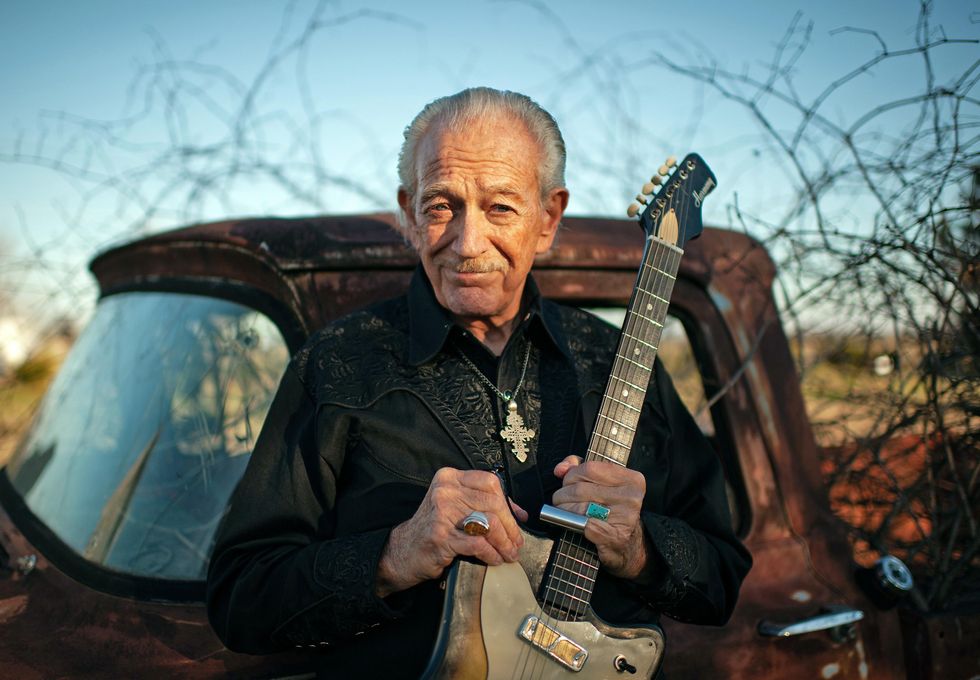
Out in front of Clarksdale, Mississippi’s Shack Up Inn, Charlie Musselwhite displays his Harmony Bobkat and steel slide, worn tight on his pinky.
Photo by Rory Doyle
Musselwhite left Memphis for practical reasons. “I’d been working around Memphis, doing construction work and different factory jobs and stuff, and the pay was so low, so I had done a little moonshining on the side, and one day I noticed the police were following me. I thought that was a bad sign. I’d been thinking about going to Chicago, because friends of mine had gone up and gotten jobs in these factories, and they’d come back to visit driving brand new cars ’cause they got paid so much better—and they had benefits. I’d never even heard of benefits before, so that’s why I went to Chicago—just like thousands of other people getting out of the South because it was economically depressed. I was looking for a better life.”
He found that, and a lot more. “I knew nothing about the blues scene there,” he continues. “I’d been told that anybody in the entertainment field either lived in Hollywood or New York City, and even though I had all these records that had Chicago written on ’em, with Vee-Jay and Chess labels, I thought, ‘Well, that’s just where they manufacture the records.’ I didn’t know that’s where all these guys lived. But lucky for me the first job I got in Chicago was as a driver for an exterminator, and I drove him all over Chicago, so I learned the city really well, really fast. Driving around, I started seeing posters and signs for guys like Muddy Waters and Elmore James, and I couldn’t believe it! All my heroes were right here in Chicago! So, I’d make a note of where these clubs were and at night I’d be hanging out listening to live blues right in front of my heroes that I only had records of before.”
For a spell, he lived in the basement of the now-historic Jazz Record Mart music shop, where he also occasionally worked, with the irascible 9-string-playing bluesman Big Joe Williams as his roommate. “Oh boy, you never knew what was going to happen,” Musselwhite offers. “We had a great time. I really wish I’d written down the stories that he told me. We’d go around town visiting friends and relatives, just like I did with Shakey—which is what they called Big Walter in Chicago—always looking for a little taste. That was kind of a common hobby among many of the older blues guys, and often we’d sit up late at night just drinking beer and Joe would be playing guitar and I would be playing harmonica with him, and he just seemed to enjoy doing that, so it was awful encouraging. I picked up little tips on his playing. Occasionally I’d pick up his guitar to try to play it, but, man, the strings were like cables. It was hard to even fret it, but he would play it like it was butter.”
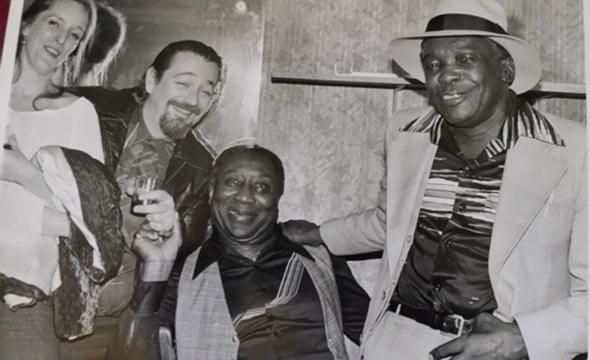
Musselwhite and his manager and wife, Henrietta, have lived and learned in the court of blues royalty. The other gents in this photo are Muddy Waters and John Lee Hooker.
Photo courtesy of Charlie Musselwhite
Williams’ guitar—albeit reduced to its original 6-string setup—makes a cameo on Mississippi Son, on “Remembering Big Joe,” an instrumental reflecting the savvy gutbucket style of the bluesman noted for the first recordings of “Baby Please Don’t Go” and “Crawling King Snake.”
“I just played off the top of my head, thinking about Big Joe, and that’s what came out,” says Musselwhite. “That’s what I remember him sounding like.”
In Chicago, Mussselwhite also had access to the canonical harmonica players of electric blues: Horton, Little Walter, Sonny Boy Williamson II, and his fellow young trailblazer, Paul Butterfield. And by the mid-’60s, Musselwhite’s own mojo was working. In 1965, he met producer Samuel Charters, who was making his influential Chicago/The Blues/Today! trilogy of recordings. Billed as Memphis Charlie, Musselwhite appeared with the Big Walter Blues Harp Band on the third volume. Later that year, Musselwhite played on John Hammond Jr.’s So Many Roads album, and a session of his own with Charters yielded 1967’s Stand Back! Here Comes Charley Musselwhite’s Southside Band.
Charlie Musselwhite’s Gear on 'Mississippi Son':
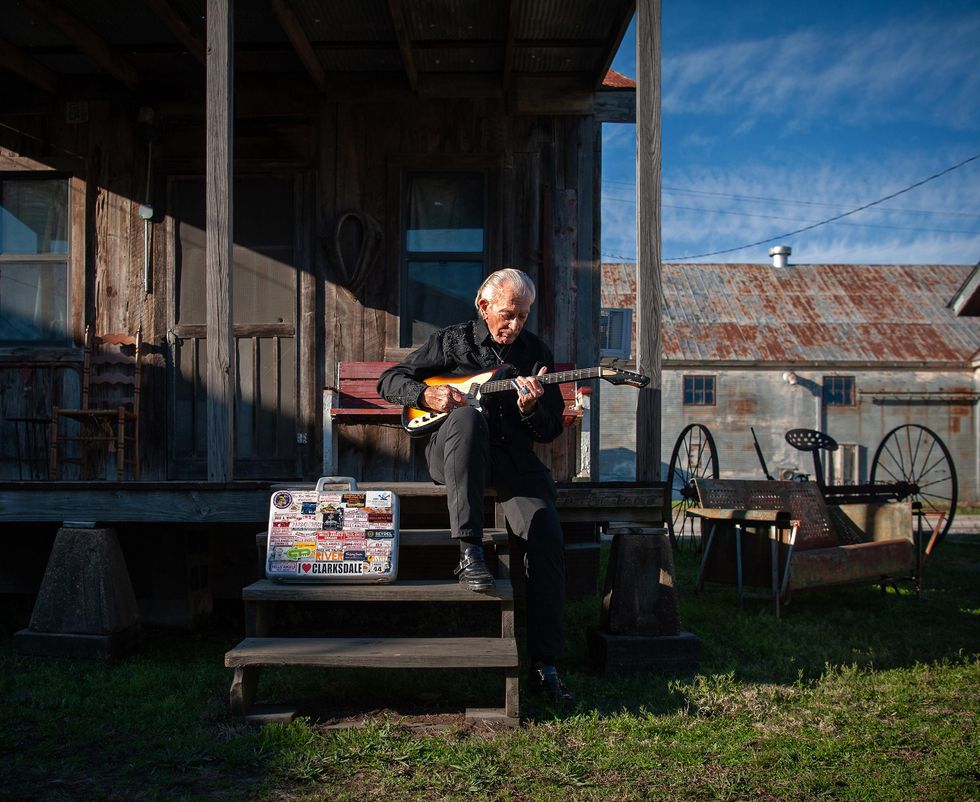
Back home in the Delta, Charlie Musselwhite plucks a Harmony Bobkat as he sits on the porch of a former sharecropper’s residence at a Clarksdale, Mississippi, hotel compound called the Shack Up Inn, where his live 2012 Juke Joint Chapel album was recorded.
Photo by Rory Doyle
Guitars
- Vintage Gibson L-4
- Harmony Bobkat
- 1967 Silvertone solidbody
- 1954 Gibson J-45
- Vintage Gibson L-7
Amps
- Laney A3012
Strings & Slide
- .011-gauge sets
- Steel slide
As luck, or, perhaps, the blues’ guiding hand, had it, the album arrived when freeform FM radio was an emergent force in American music and Musselwhite’s reputation spread throughout the country. Riding this acclaim, he relocated to San Francisco, where his bona fide sound was embraced by the rock counterculture scene anchored at the Fillmore West.
Since then, Musselwhite’s star has burned. At times more brightly than others, but he has consistently toured and recorded and remained not only in the eyes and ears of blues fans, but in the general music loving public’s. It’s not just a matter of his excellence—his ability to blow pure soul through his main axe’s tiny reeds. Musselwhite, despite his devotion to bone-deep blues, is no purist. Over the decades he’s collaborated and made albums with Bonnie Raitt, Flaco Jiménez, the Blind Boys of Alabama, John Lee Hooker, and Ben Harper, exploring jazz, gospel, Tex-Mex, Cuban, and other world musics.
“I discovered that a lot of music—flamenco, Greek, Arabic—has a sound or feel that reminds me of blues,” Musselwhite observes. “It’s got the same kind of heart— especially flamenco. If it ain’t blues, I don’t know what it is. It has that spirit, that same energy. At some point I remember coming to the realization that every culture probably has its music of lament. And there’s a guy on the corner singing about ‘my baby left me’ wherever you go in the world.”
“Every now and then I’d sneak in a track on an album where I was playing guitar. A lot of people never even realized it was me.”
Musselwhite has also hosted a series of world-class guitar players in his bands, from Harvey Mandel and Robben Ford in the ’60s, to Matthew Stubbs and Kirk Fletcher in recent years. “Every now and then I’d sneak in a track on an album where I was playing guitar,” Musselwhite says. “A lot of people never even realized it was me.”
Now, with Mississippi Son, the feline is out of the flour sack. And Musselwhite is back in his native state. He and his wife and manager, Henrietta, purchased a home in the blues mecca of Clarksdale, Mississippi, some years ago, but in 2021 they departed the West Coast to take up permanent residence in the small Delta burg with a downtown that looks frozen in 1966. In Clarksdale, Musselwhite befriended guitarist, songwriter, and producer Gary Vincent, and in 2012 Vincent produced Musselwhite’s live Juke Joint Chapel, at the hip local venue bearing that name.
This time, they regrouped in Vincent’s downtown studio, Clarksdale Soundstage. “With the pandemic, I had all this time on my hands, and Gary’s studio is three blocks from me. He’s got a ton of guitars, so I spent a lot of time over there playing them. At one point, he said, ‘Ya know, we should tape some of these.’ I said, ‘Yeah, go ahead.’ So, the album started spontaneously. We were just recording tunes for posterity.”
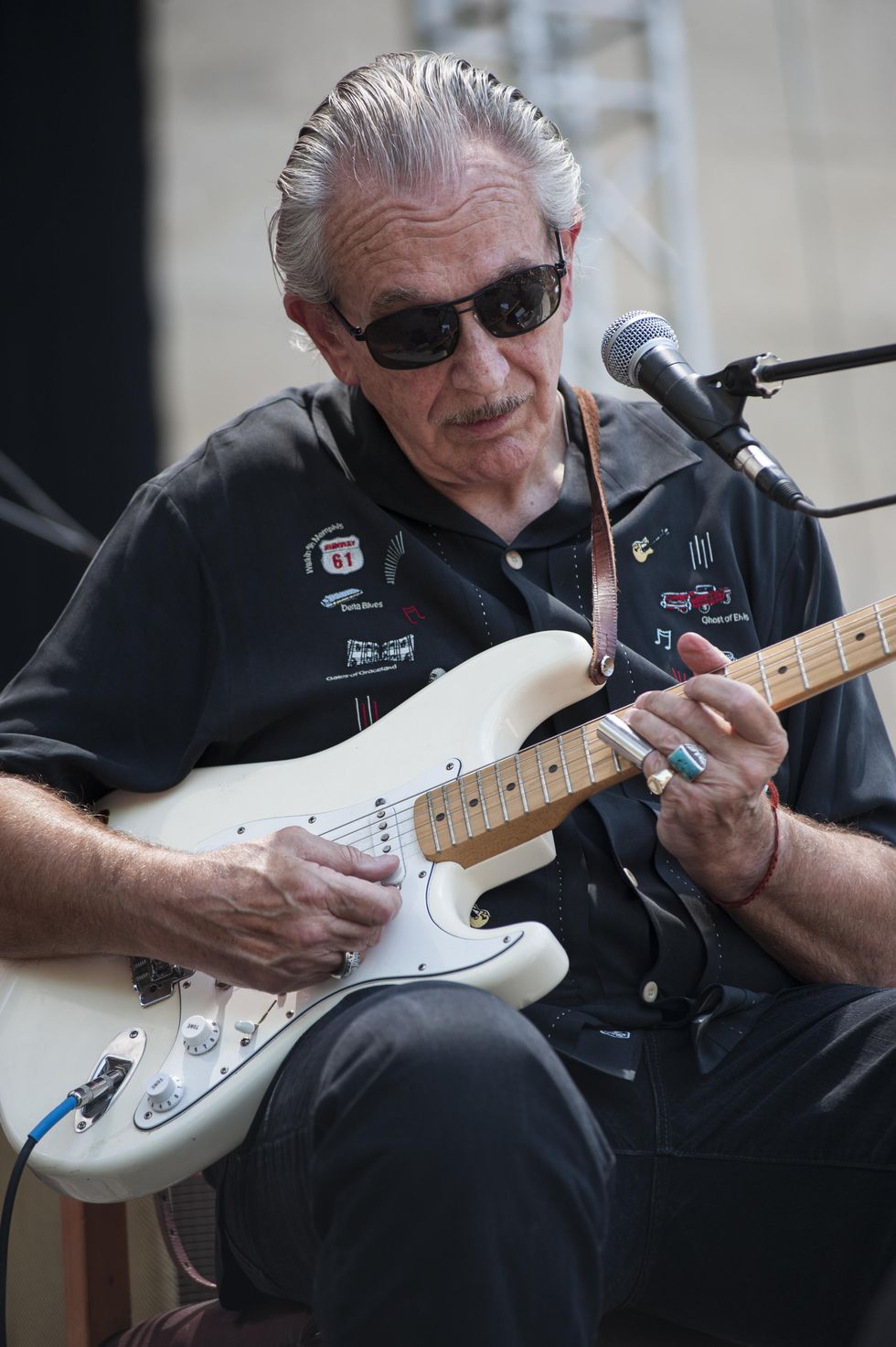
With a borrowed white Stratocaster, Musselwhite evokes the old school onstage at the Blues Cazorla Festival on July 22, 2011, in Cazorla, Spain.
Photo by Jordi Vidal
Posterity should be pleased. Mississippi Son’s 14 songs add up to one of the best new albums of country blues recorded in decades—since the early ’90s titles cut by Junior Kimbrough and R.L. Burnside for the Fat Possum label. But Musselwhite’s proclivity for acoustic and clean but lightly hairy electric guitars takes the sound back even earlier, to the days when Chess, Vee-Jay, and Sun were cutting records by artists straight out of the cotton fields. His repeated sliding chords and up-picking on the tunes “Hobo Blues” and “Crawling King Snake” evoke the spirit of John Lee Hooker, who cut their most famous versions. But many of the songs are Musselwhite originals with lyrics that also conjure visions of the Delta of yore, alluding to the ’Frisco (the St. Louis–San Francisco Railway), the itinerant bluesman’s life (the semi-autobiographical “Drifting from Town to Town”), and the endless flow of the Mississippi River.
Musselwhite is joined on five songs by drummer Ricky Martin and upright bassist Barry Bays, and he overdubbed his own harmonica. But some of the album’s most profound performances are just Musselwhite and his guitar. The heart-squeezer “The Dark,” a Guy Clark number, is especially hypnotic. As he lays out lightly surging riffs on the Gibson L-4 acoustic archtop that’s one of the album’s MVP 6-strings, he gently intones the lyrics in a way that transforms the small elements of a fading day—a June bug on a window screen, a dripping kitchen faucet, the Earth turning its back on the sun—into something existential. “One way or another,” Musselwhite observes in the third verse, “we’re all in the dark.”
The album’s other guitars were a 1967 Silvertone solidbody electric borrowed from the Clarksdale guitar shop Bluestown Music, a 1954 Gibson J-45, and the Gibson L-7 that belonged to Big Joe Williams. A tube-driven Laney A3012 was the amp Vincent used for Musselwhite’s guitar and harmonica. This model amplifier was made in the ’80s and ’90s and has four 12AX7 preamp tubes and two 6V6 power tubes, but in Musselwhite’s control it sounds like a vintage tweed Fender or a Valco Sears special—an old man of a soundbox with more than a hint of experience in its voice. Vincent recorded the amp with a Neumann U 87.
"I really love the way he nails the old deep blues, the country blues. He only plays what’s necessary, and every note has nuance.”—Elvin Bishop
Musselwhite’s tunings, besides standard, were textbook Delta blues. “Furry Lewis taught me Spanish and Vestapol,” he says, using the terms typically used to describe the open G (Spanish, or cross-tuning for minor-key variations á la Skip James) and open D/E families of tunings. After he plugs in, “I turn the treble all the way off and the bass all the way up, the mids about half-way, and I’m ready to go.” Pedals? Of course not.
When we spoke, Musselwhite had some dates on his schedule with Elvin Bishop, and both artists were looking forward to playing country blues—and especially some country blues guitar—together again, as they have intermittently since meeting in the music’s ultra-fertile ’60s Chicago scene.
“I loved the sound of Chicago blues and where it took the electric guitar, but I’ve always been a big fan of country blues guitar,” says Musselwhite. “There are so many subtleties in it. That’s where the real beauty of the blues is—in those subtleties … just listening to the way those guys accompanied themselves. One guy with a guitar: whether it’s John Lee Hooker or Lightnin’ Hopkins or Charley Patton. I love that stuff and so I guess that’s why I play like I do. I also knew a lot of the old-timers, and they weren’t shredders by any stretch of the imagination. That sound captivated me when I was a kid, and it still does.”
Charlie Musselwhite - Blues Up The River
Charlie Musselwhite plays his song “Blues Up the River,” from Mississippi Son, on a new Epiphone John Lee Hooker model Zephyr.


